Several types of hair symptoms occur in ectodermal dysplasias. However, symptoms and severity can vary according to the type of ectodermal dysplasia that affects you or your family. To give you an idea of what those symptoms might be, we outlined the most common ways that hair can be affected.
It’s worth noting that many of these hair symptoms can occur on their own, as part of another condition or otherwise outside of an ectodermal dysplasia diagnosis. If you or a loved one is experiencing one or more of these hair symptoms, visit our resources on finding a diagnosis.
Learn About Diagnosing Ectodermal DysplasiasScalp Hair Symptoms
The hair on your scalp can show different symptoms than hair on other parts of your body, such as eyebrows, eyelashes and body hair.
Some defects of the hair are obvious at birth, while others may not be noted until later in life. In the ectodermal dysplasias, the scalp hair symptoms may include:
- absent hair
- sparse hair
- hair that grows slowly
- fine hair
- lightly pigmented hair
- hair abnormal in texture
- fragile hair
- unruly hair
- hair that sticks out in all directions
- hair that’s difficult to comb
- hair that’s dry due to absent or poorly developed oil glands
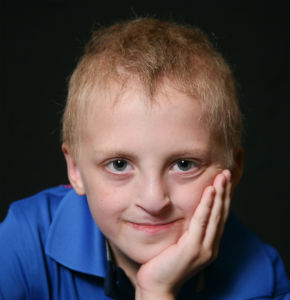
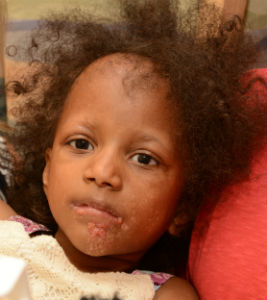
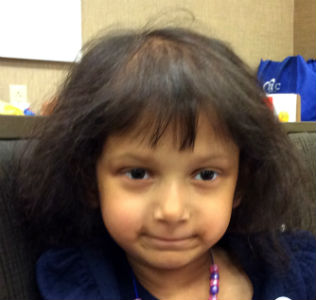
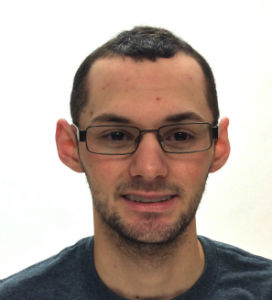

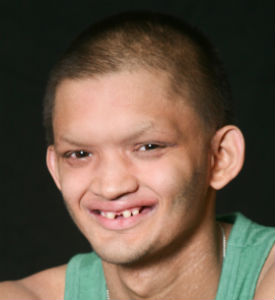

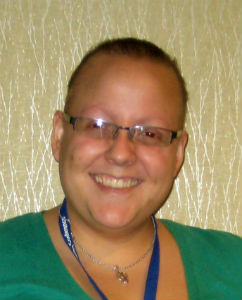
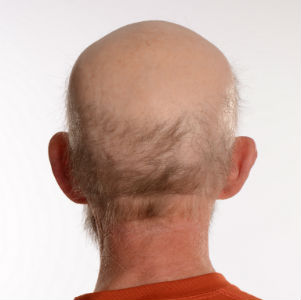
Hair growth in some types of ectodermal dysplasia can be slow, meaning haircuts might not be needed as often as in unaffected family members.
After puberty, hair symptoms improve for some individuals. They may see some increase in hair density and thickness, as well as darkening of the hair. But, they usually will not develop a full head of thick hair.
Body Hair
The eyebrows, eyelashes and other body hair may also be sparse or missing hair. Body hair may thicken and darken at puberty, however, facial hair and hair of the groin and underarms typically develop normally in adolescents with ectodermal dysplasia.
Symptoms Across Types of Ectodermal Dysplasias
Hair symptoms can vary greatly based on the type of ectodermal dysplasia. For example in some types of ectodermal dysplasia, such as ankyloblepharon-ectodermal dysplasia-cleft lip and/or palate (AEC) syndrome and ectrodactyly-ectodermal dysplasia-clefting (EEC) syndrome, the hair may be patchy in distribution and coarse and unruly, rather than thin and fine. In other types, such as hypohidrotic ectodermal dysplasia (HED), there may be alopecia, or baldness. Early male pattern baldness is especially common in some ectodermal dysplasias.
To learn about hair symptoms, skin symptoms and nail symptoms across different types of ectodermal dysplasias, watch the webinar.
While there are a variety of ectodermal dysplasia disorders affecting hair growth, there are treatment options that you can explore for certain hair symptoms, as well as the option to wear a wig.
To view this information in a PDF format, download our Hair Symptoms Info Sheet.
Download the Info Sheet